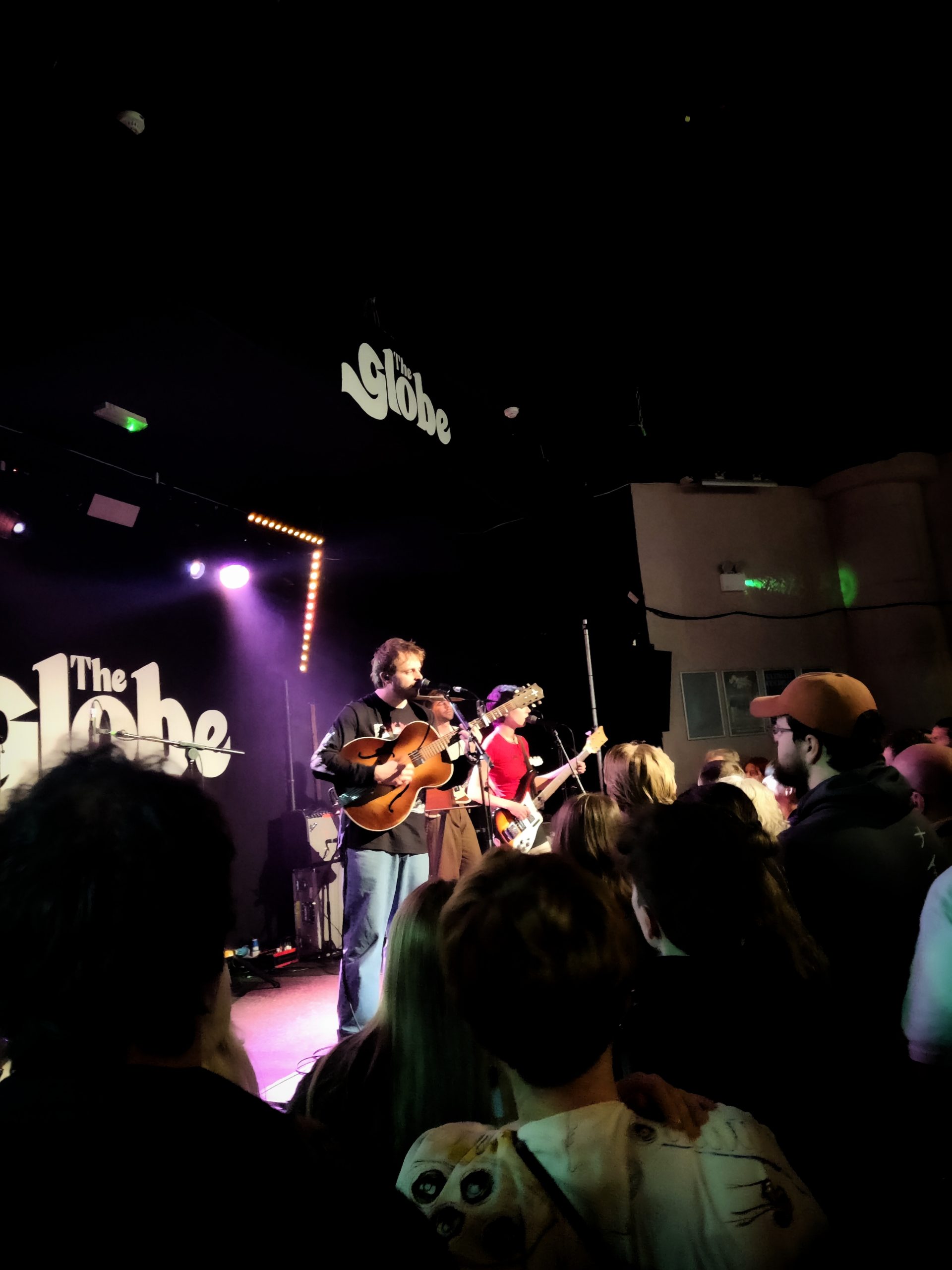By Soyal Khedkar
Upon its release in 2020, Bridgerton became Netflix’s most-watched series and garnered a stunning 82 million views for its first season. After the much-anticipated season two was released in March 2022, the series garnered 2.5 billion views and is still among the Top 10 on Netflix a month after its release. So, it leaves us wondering how Bridgerton became the most revolutionary period drama? Before we dive into this, let’s look at the series’ origin.
Bridgerton is based on author Julia Quinn’s famous romance novel series, The Bridgertons. The story is set in the regency era revolving around eight siblingsÔÇô Anthony, Benedict, Colin, Daphne, Eloise, Francesca, Gregory and HyacinthÔÇô all named in alphabetical order of the powerful Bridgerton family in London’s high society. Each book navigates around a specific sibling as they enter the marriage market searching for love whilst simultaneously juggling much more.
Netflix’s adaptation of this novel series does not precisely present the story as written in the books. There are, of course, many changes and add-ins that make it a little different from the books. Audiences who had previously read the books were critical of the series as it did not precisely present the story as it was written in the books. The show’s producers were transparent in their communication since the release of season one that the series simply adapts to the books’ stories and will be different in its presentation on screen.
Bridgerton’s journey to becoming the ‘renaissance’ of period dramas is fascinating. While such historical drama settings are widely popular in Asian entertainment (historical k-dramas, for example), Netflix’s most-watched series was a game-changer. It revived the concept of period dramas and returned the audience’s attention to romance literature. Still, it also set a new standard for the overall creative and different portrayal of period dramas. There are many elements to discuss that set Bridgerton apart from other series’. The dialogues, regency era slang, sets, costumes, and even the casting make this series unique, helping us understand why it appealed to such a large audience.
The mysterious “Lady Whistledown” narrates the story, who knows and reports all the gossip and drama among the ‘ton’. The dialogues and especially the regency era slang in the show are the first elements that caught the audience’s attention. One of the most iconic dialogues in the show in season one was “diamond of the first water”, a title given to Daphne Bridgerton by the Queen, which roughly translates to the most perfect debutante. Aside from such slang, audiences cannot get enough of the many beautiful confessions in the show. While both seasons had iconic lines from Julia Quinn’s books, season two took these romantic confessions to another level. This encouraged audiences to read the books and find more such gems!
Another element in Bridgerton that left the audience in awe of the series is the productionÔÇô from costumes and complicated hairstyles to beautiful sets and fairy-tale-like balls. As the series’ promotional Instagram page shared, many audiences liked the exquisite gowns and delicate accessories so much that they had to mimic the style and share photos of themselves! Not only did the stylist perfectly reflect each character’s persona through their costumes, but they also explained the subtle changes through the seasons in some behind-the-scenes clips. For example, we can see our leading Bridgerton, Daphne, in flashy, elegant and sparkly gowns in season one. This perfectly portrayed her character as she wished to present herself as desirable to eligible suitors, attracting attention as the season’s diamond. However, in season two, we can see that her wardrobe changed into more subtle colours and less glittery gowns. She appears more sophisticated and settled, showing maturity and character development.
The same goes for Kate Sharma, the leading lady in season two. The stylist made sure to merge elements from her character’s Indian heritage and reflected Kate embracing her feelings through her wardrobe. In the beginning bits of season two, Kate is always in more or less the same style. Effortless, simple hairdos with minimalistic gowns to avoid attracting attention. This makes sense as her sole priority is making sure her sister Edwina Sharma shines as a debutante. However, as the story goes by, audiences notice that Kate puts more effort into her appearance, which is cleverly linked to the story. Such production practices enhance the storyline and set Bridgerton apart from other period romance dramas, elevating the standard.
Finally, something unique to the Bridgerton series is the casting. The story is set in an alternate historical time in a “racially integrated London”. Of course, if compared to the actual happenings during London’s regency, this would not be true. This is something that sets the series apart from the book. In the book, Anthony’s love interest is an English woman named Kate Sheffield; however, this character is changed to Kate Sharma in the series. Such changes from the books garnered audience attention with overwhelmingly positive reactions. Fans loved the chemistry and praised the show for breaking stereotypes with its impeccable cast. Those who read the books highlighted how season two was noticeably different from Quinn’s novel, especially with new characters such as Theo Sharpe and the new Lord Featherington. Another element that kept audiences engaged was the music. Instead of playing classical music from the regency era, the show uses modern-day pop music but presents it as classical renditions. One of the most iconic tracks was the classical rendition of “Wrecking Ball” in season two.
All in all, it is without a doubt that Bridgerton has set a new standard and increased expectations for period romance dramas. Netflix’s hit series has not only encouraged audiences to go and read the novels but also to explore other period romance dramas, films, and literature. There are many elements that this series does differently than the booksÔÇô but fans are definitely not complaining! If Lady Whistledown reviewed this series in her scandal sheet, she would possibly name Bridgerton the diamond among period romance shows.


